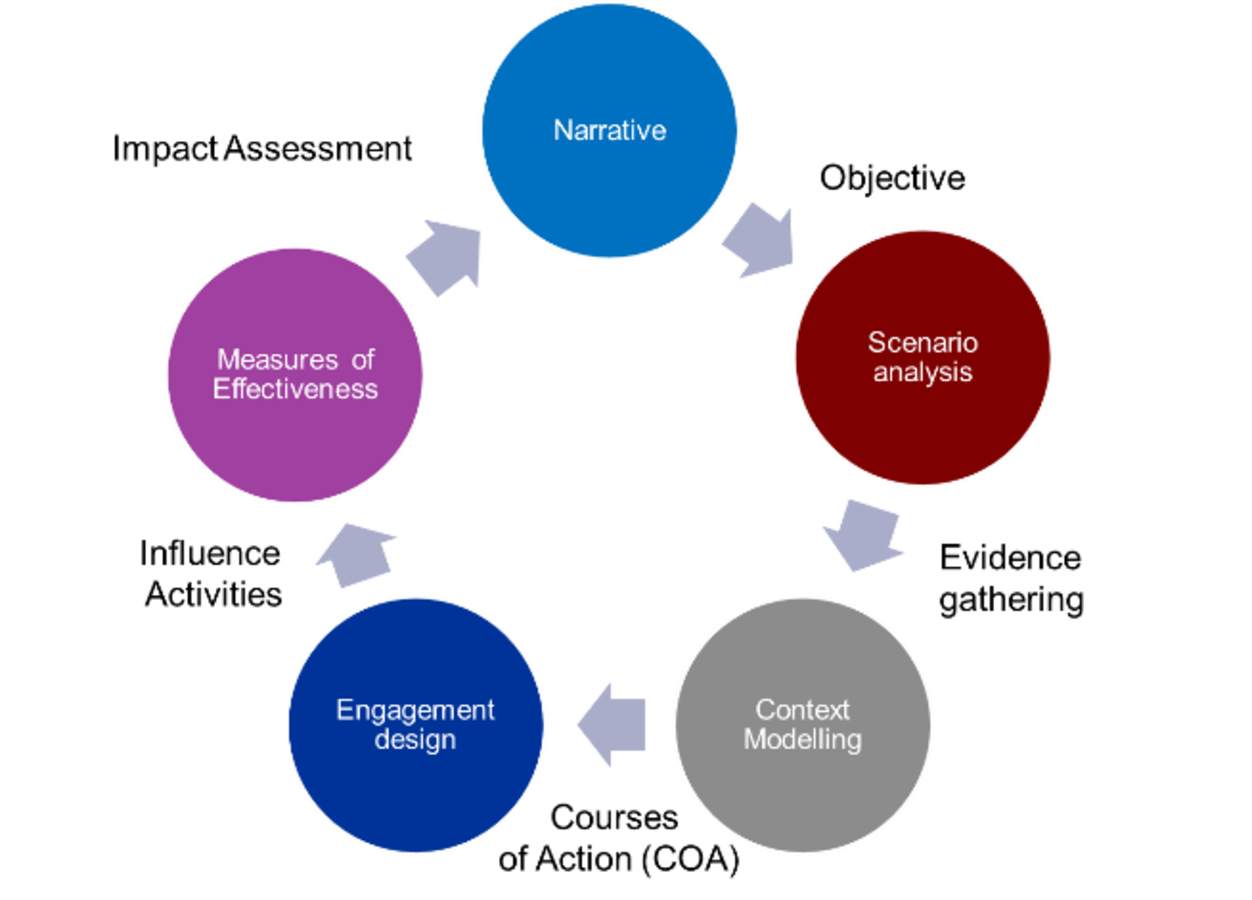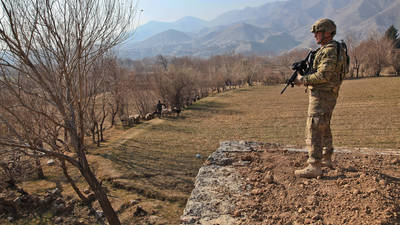
UK Government was unable to analyse the nature of the rebellion in Libya due to incomplete intelligence and insufficient institutional insight and that it was caught up in events as they developed…UK strategy was founded on erroneous assumptions and an incomplete understanding of the evidence.
Introduction
Context. Military forces operating in complex, uncertain environments need better understanding to be able to anticipate events and develop options for influencing situations, whilst appreciating the possible consequences of potential Courses of Action (CoA).
Telanosis. Telaugos Solutions is developing an information service for better understanding. The service includes an innovative integration of analytical tools, techniques and procedures called Telanosis.
Benefits. Telanosis provides an integrated analysis of the operational, structural and social environment that identifies patterns of behavior which provide insights into responses to military CoA. Possible interventions can be modeled to optimize the impact and avoid unintended consequences. Recurrent themes can be preserved for future insights or other regions where similar operational challenges are anticipated. Over the long term, the persistent factors identified by the modelling become a vehicle for preserving corporate knowledge and experience.
Precedent. Aspects of Telanosis were developed for training staff in 2010 in preparation for Theatre and evaluated on Exercise LIONS PAW to allow staff to understand the relationships between factors identified in the military estimate and the impact of different CoA. The feedback from this exercise recognised the utility of the approach in confused environments where insight by staff new to theatre was lacking.
Concept

The Telanosis Learning Cycle
Operational issues invariably take place within a broader context of long term, large scale and enduring structural and social factors. Mapping the causal interrelationships between operational issues and their context, and assessing the significance of these relationships, helps understanding by identifying the linkages and highlighting feedback loops. Furthermore, system dynamics can be employed to model their effects as trends over time, providing insights for the estimate and planning and informing measures of effectiveness. These insights can be systematically applied within a learning cycle which repeatedly acts, monitors outcomes, and adjusts its CoA appropriately.
Capability

Influences in Libyan Migration
The employment of context modelling has been illustrated using a case study of people smuggling in Libya, which identified and modeled significant factors to show how the economic situation in Libya and the Sahara migration routes are closely interlinked, drawing migrants from all parts of Africa into illegal people smuggling.
The diagram shows the interrelationship between factors and by executing the model the impact of the feedback loops can be identified, highlighting their relative significance. Outside influences – blue CoA, possible adversary activities or other events – can be represented in the model so that the effect they have on the outcome can be evaluated.
Decision Support
Using the Libyan case study as an example, Telanosis could be applied to defence engagement involving illegal people trafficking from Libya in the following contexts:
- Operational Analysis: Understanding the people smuggling economy, and the significance of long range migration and the Libya labour pool requirements to the persistence of illegal people trafficking from Libya.
- Mission Rehearsal: Providing a view of ground truth, that included trading routes, labour demand and key facilitators such as the southern border controls.
- C4ISR. Provide analysis of both ISR coverage and physical people and information flows, showing facilitators to illegal people trafficking from Libya not just from littoral areas but also inner borders and networks.
- Training: Use the extensive historical records to gain insight into a wide range of illegal people trafficking activities associated with CoA including the ends (destinations), ways (harbours and secure areas) and means (vessels procured and used) of the people smugglers.
- Wargaming: Telanosis enables planning and preparation by dynamic modelling within EXCON during the wargame, linked with other modelling tools (such as logistics modelling and dilemma analysis).
Moving focus to a more general Concept of Use for use on operations and on defence engagement (where Brigades have been allocated areas of responsibility - 4 Bde has responsibility for NW Africa, for example) Telenosis can be used in areas such as:
- Support to the Estimate. Support to the G2 Assessment and G3 estimate process including the 7-point assessment, and provide a point of reference for planning staff.
- Corporate knowledge. Providing a library of options from previous defence engagements that cover operational, structural and social outcomes in the same region and elsewhere.
- Integrated approach. Enabling engagements with other Agencies with evidence based assessments of the situation and possible options for CoAs, allowing a dialogue to develop that can be simulated, tested and quantified for different situations. For defence engagement military staff need to develop an appreciation of possible engagement options within the context of FCO and DfID objectives represented in the modelling.
- Intervention Analysis. Simulating adversary activity and unexpected events or interventions.
- Validation. Providing the evidence for developing measures of effectiveness and a benchmark for assessing the success of the COA.


